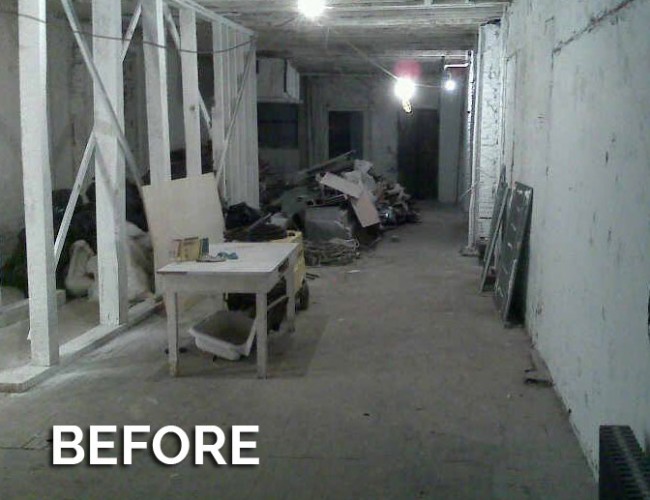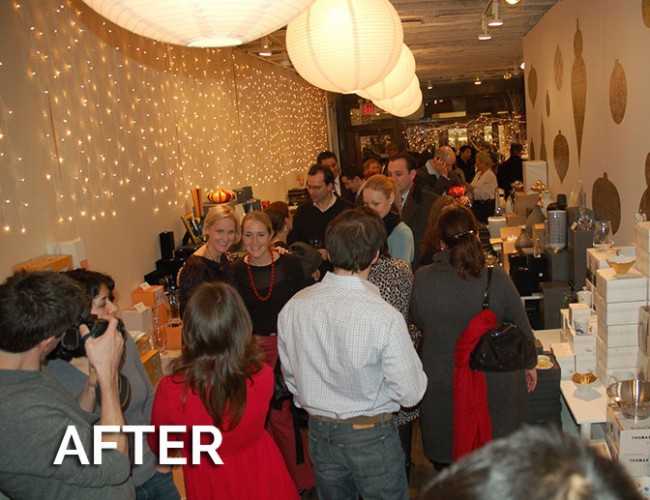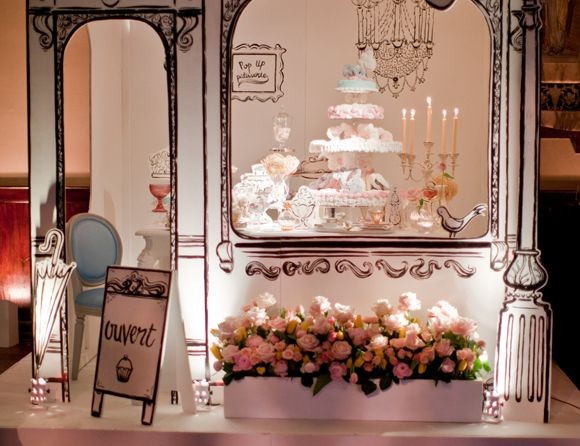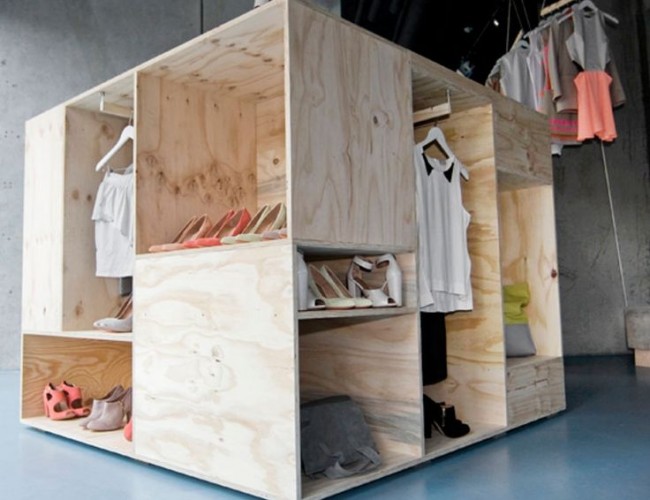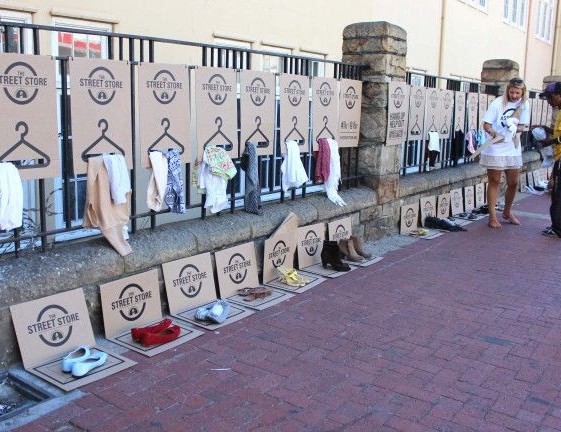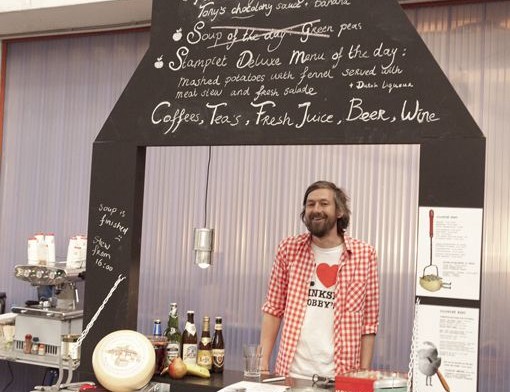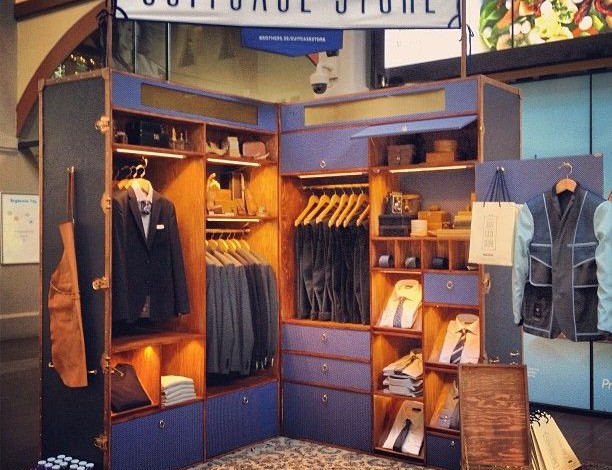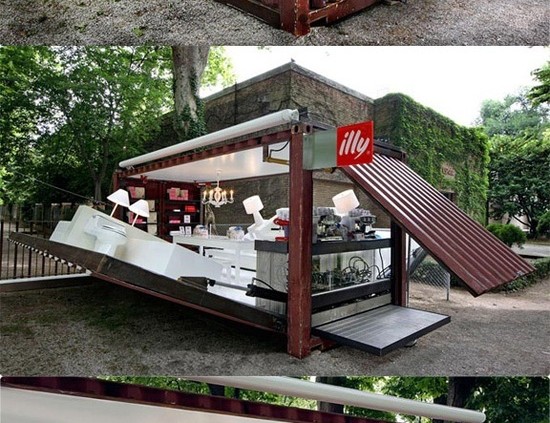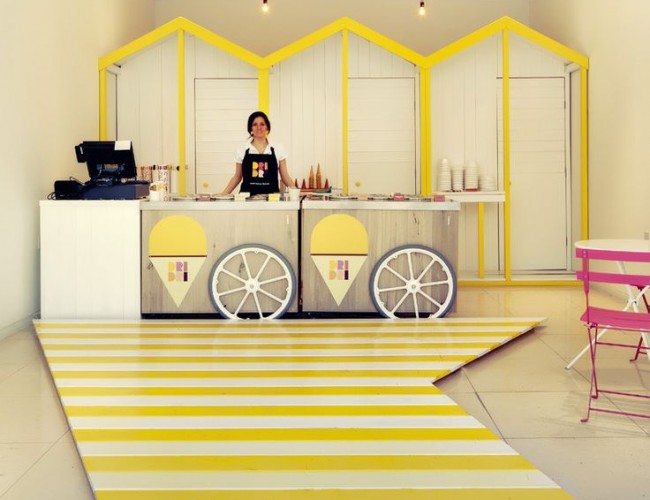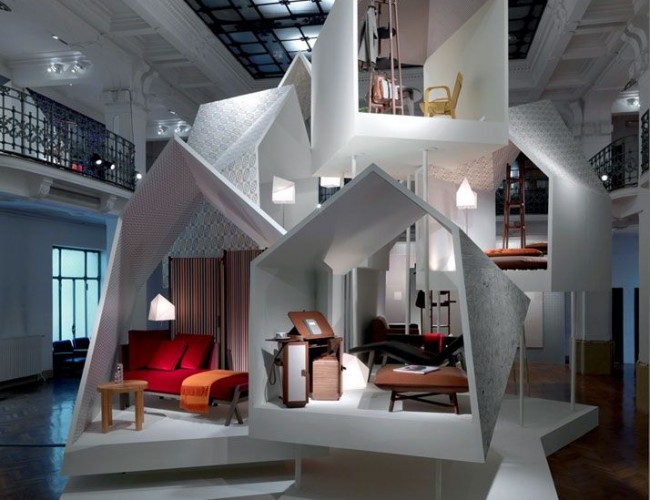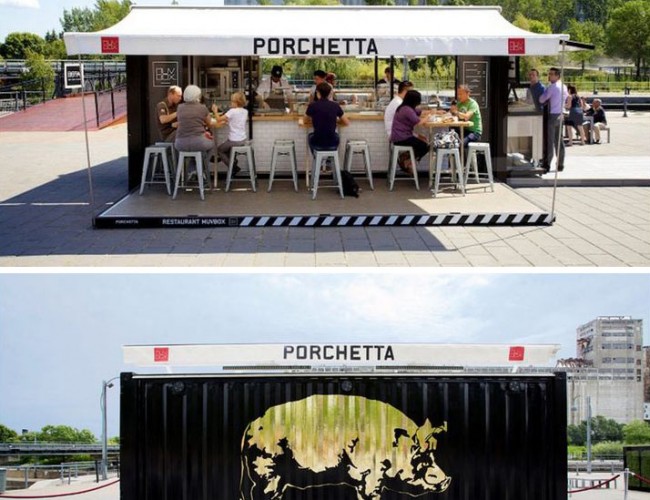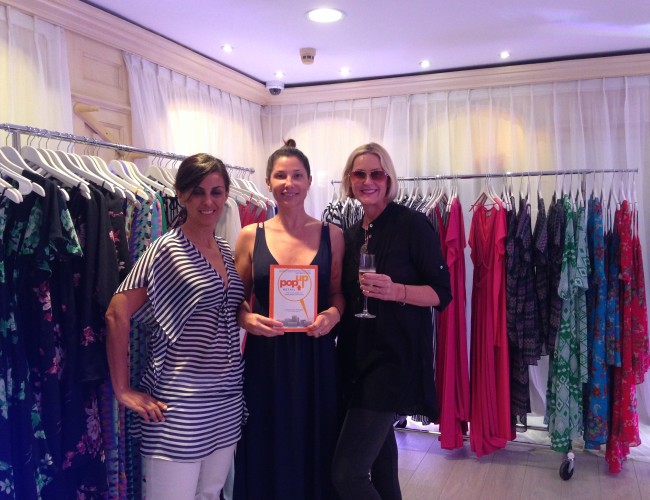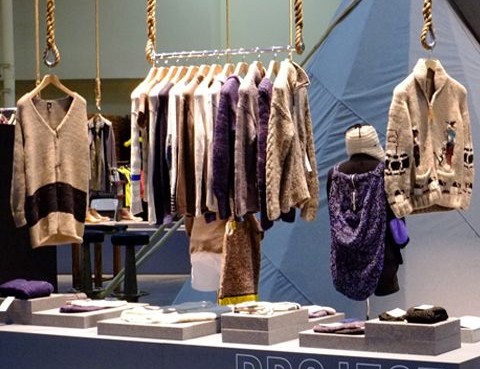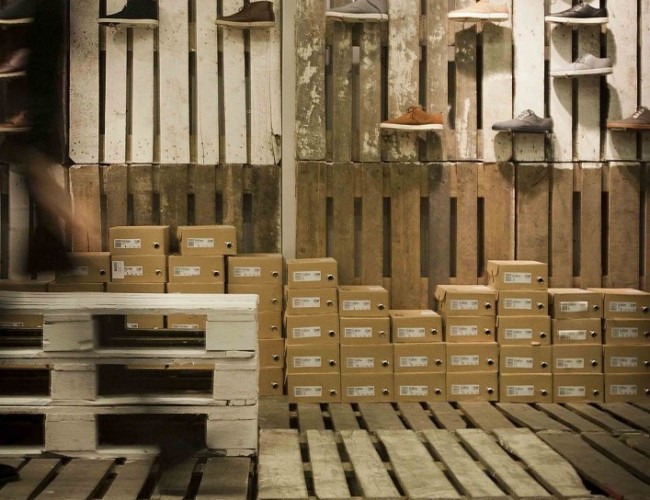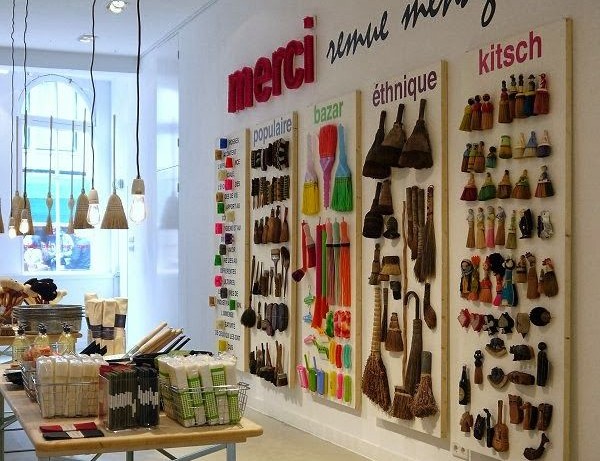The Retail PopUp Phenomenon
PopUp Retail has evolved to over a 6 Billion dollar industry!
They are all part of the pop-up retail movement, engaged in the growing trend of temporary “pop-up” stores around New York City. The pop-up trend, which had its roots in the recession, is now thriving and evolving as a mainstay of the New York retail scene.
Pop-ups began to appear in the depths of the financial crisis, when landlords were reeling and vacancy rates were north of 13%. In an effort to make the best of a bad situation, savvy property owners began welcoming pop-up stores to their unused spaces. Many went to holiday-themed shops, local artisans or big brands test marketing a new concept.
But something amazing happened as the economy recovered. Pop-ups, born as stop gap measures, began to take on a new place in the retail landscape. Shoppers grew to like and expect the shot of newness and creativity they brought to familiar streetscapes. Brands began to experiment more actively with pop-up offerings, using the temporary nature of the stores to push the envelop of retail and marketing mixes. And newcomers to retail flocked to the pop-up trend, seeing it as a new and accessible entry into the merchant ranks.
Among the latest trends:
- Stores within Stores: Look for established retailers with great traffic to leverage their existing floor space for a pop-up evolution. Pop-up stores-within-stores allow retailers to participate in the newness of the trend and deliver a true curated merchandise assortment to customers. Rothman's, the downtown New York City menswear retailer added a 750-square foot pop up shop inside its Park Avenue South location. The debut tenant in this the 750-square foot pop-up shop was Peter Millar, a leader in the luxury apparel market. Rothman’s plan is to rotate the pop-up tenant every six weeks or so to remain a continuous visible platform for higher-end menswear, from both established and emerging designers.
- Themes: Pop-up retail means never having to hold still. Retail spaces are dedicating themselves to pop-up while constantly rotating the merchandise within their walls. This Is Story, a 2000 square foot store located in Manhattan’s 10th Ave., is a retail concept that borrows the magazine concept by changing every month. Every four to eight weeks, This is Story completely reinvents itself – from merchandise and store design to floor plan and fixtures – to bring to light a new theme, trend, or issue. Past “stories” include Love, Wellness, Color and Made in America.
- Cutting Edge Tech: The speed of the pop-up often allows it to be first with the latest tech. Look for holiday pop-ups to follow the trends set in summer. Kate Spade Saturday shops popped up in Manhattan in June, featuring shoppable screens that blurred the line between online shopping and traditional retail. Shoppers approached the screens, browse product, and used the virtual checkout. Items could be delivered within an hour or at any time during the week. The tech-infused pop-up featured 30 products, with new items launched every Saturday. Kate Spade Saturday partnered with eBay for the pop-up effort
What’s more, pop-ups are embracing every aspect of the retail and marketing spectrum. A French sculptor staged a pop-up art salon in Brooklyn. During Halloween, New York’s Rickey’s, an edgy, ultra-hip beauty shop, opened a temporary costume shop for dogs, calling it the world’s first “pup-up.” In SoHo, Levi’s ran a six-week pop-up store dedicated to Alpha, a spin off of its Dockers brand.
The pop-up trend is embedding itself far beyond New York City and other major U.S. urban centers. Malls are embracing pop-ups as a way to fill vacancies and keep shoppers coming back to find out what’s new in the retail mix. The pop-up trend is also evolving around the world with pop-ups appearing everywhere from Hong Kong to Berlin. Pop-ups are also showing themselves willing to temporarily occupy non-traditional retail space. Fashion designers have duked it out for a chance to rent an “Incubox” or shipping container for pop-up retail opportunities on a pier in New York’s Hudson River.
Pop-ups provide a jolt of shopper excitement, especially vital at a time when brick-and-mortar stores must compete head-to-head with nimble e-commerce companies. The variable nature of the pop-up offering provides a way for stores to keep pace with their constantly updated virtual rivals. At the same time, the temporary nature of the pop-up format allows retailers and marketers the space to experiment with lower risk.
Today, vacancy numbers are recovering, the economy is finding its feet and pop-ups are taking their place as a regular player in the retail and marketing roster. Born of necessity, tested in the world’s most competitive retail market, pop-ups are ever-changing, yet here to stay.

